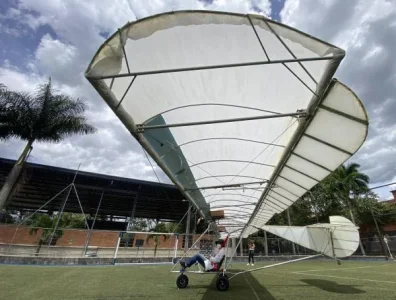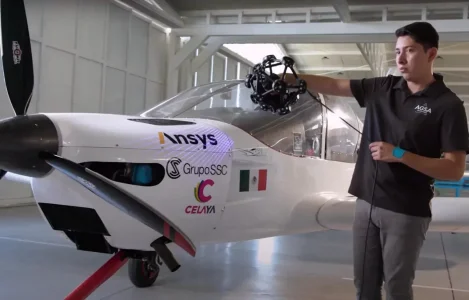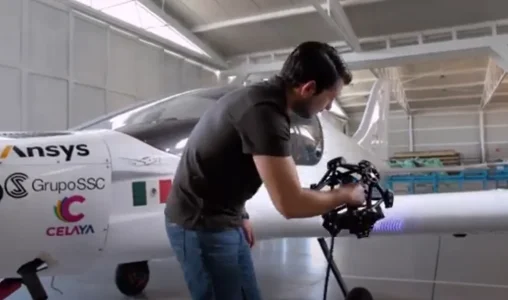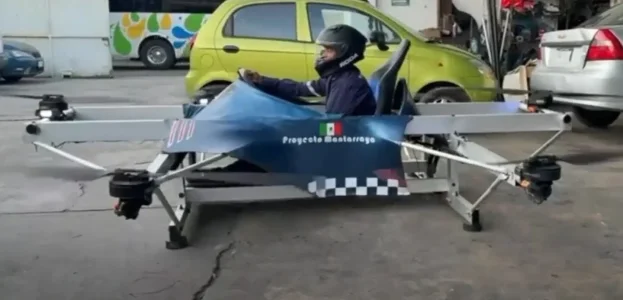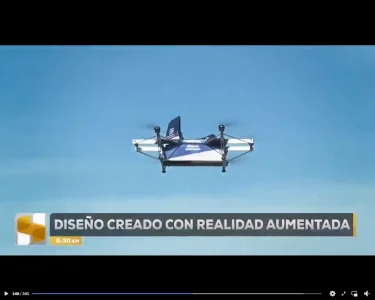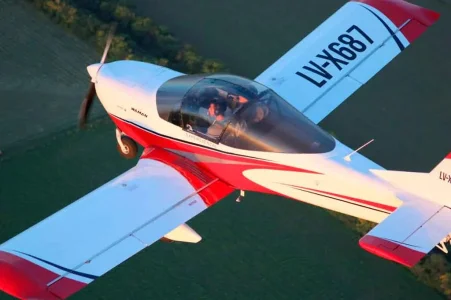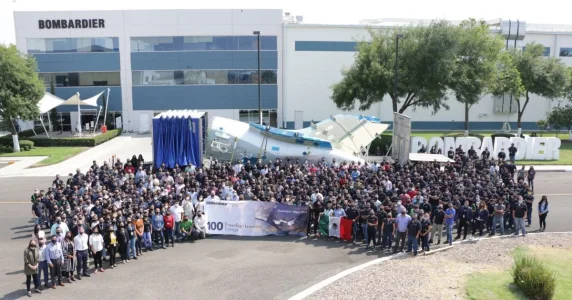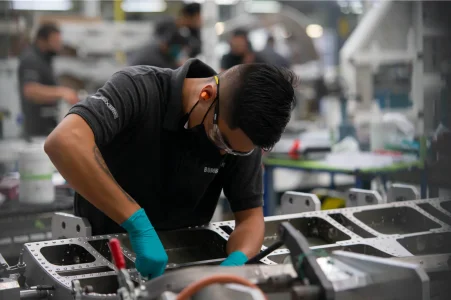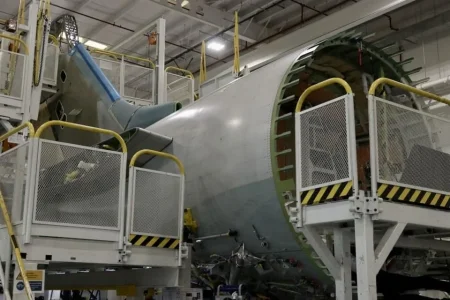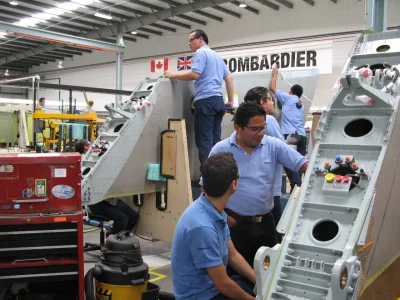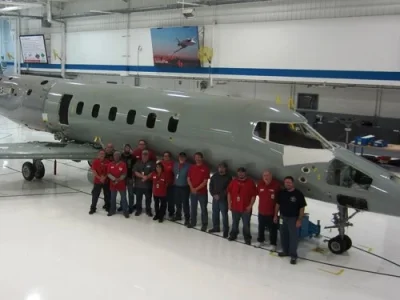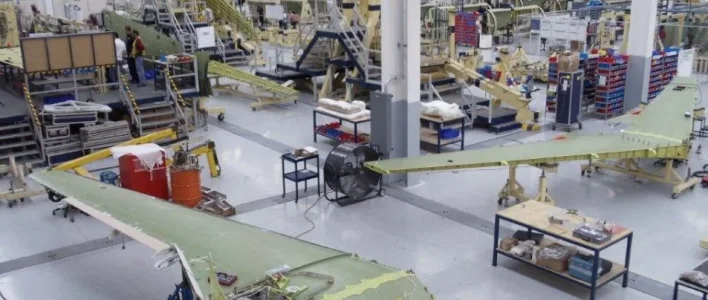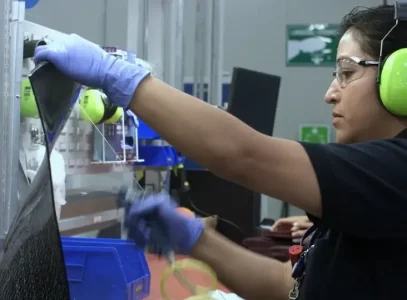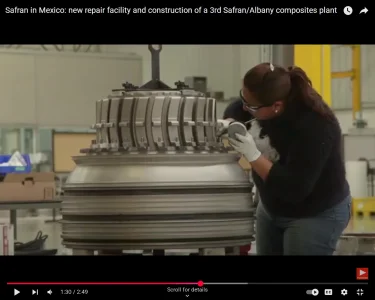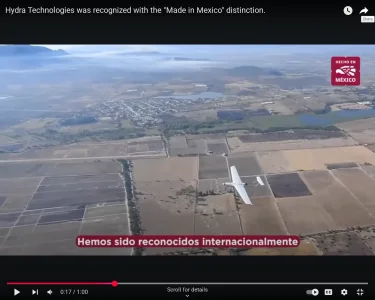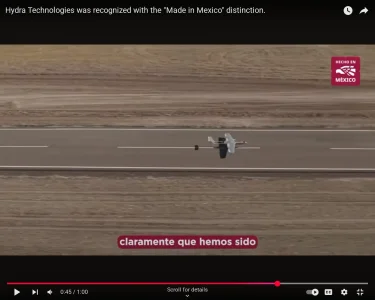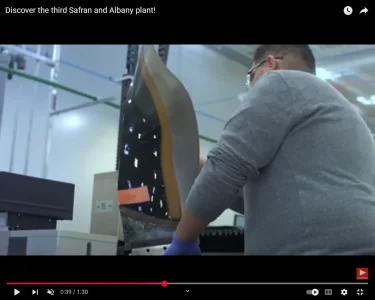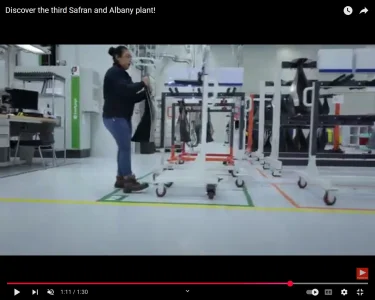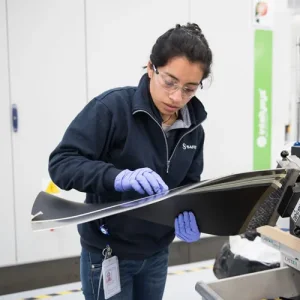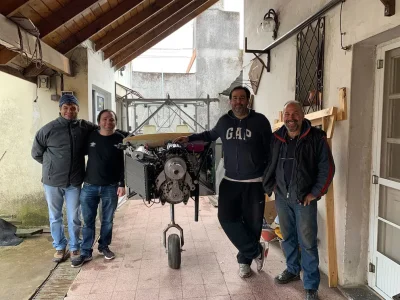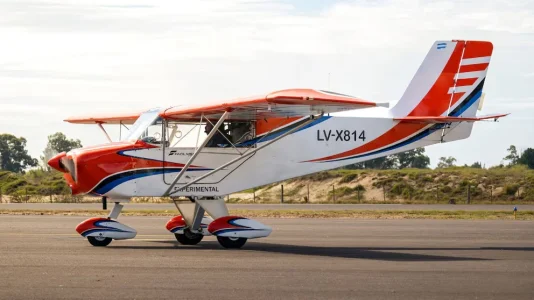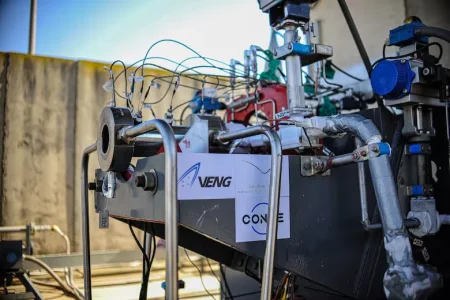CREATION OF THE NATIONAL AIRCRAFT FACTORY (FANAERO-CHILE).
The creation of the National Aircraft Factory (FANAERO-CHILE) was made official with the publication of Decree Law No. 101 in the Official Gazette on June 27, 1953, with the following heading:
No. 101.- Santiago, May 29, 1953.- Bearing in mind:
That it is necessary to promote activities related to the design and construction of airplanes and gliders in the country;
That the Air Force Central Workshop is fully capable of providing the maintenance services it must provide to the Institution in fulfilling its primary function;
That there is no other establishment that may be used for the manufacture of aircraft, and
Exercising the powers conferred upon me by Law No. 11,151, I hereby issue the following
Decree with the force of law:
Article 1: The National Aircraft Factory (FANAERO-CHILE) is hereby created, an organization with legal personality and autonomous administration, which shall have its own assets and shall be governed by the provisions of this Decree Law and the Regulations to be issued later. Its purpose shall be the construction of all types of aircraft, gliders, spare parts, and other aeronautical elements that directly or indirectly relate to the needs of national defense and, in general, to the promotion of aeronautical activities in the country.
It may also manufacture and trade all types of machinery, tools, and industrial articles.
In this extensive Decree Law Under Law No. 101, FANAERO-CHILE was allocated $200,000 from Law No. 7,144, which created the National Defense Council (CONSUDENA) on December 31, 1941, and was published on January 5, 1942.
The following year, this consolidated D.F.L. creating the National Aircraft Factory (FANAERO-CHILE) was formalized in a consolidated text. It included, in addition to D.F.L. No. 101, D.F.L. No. 239 of July 30, 1953.
CREATION OF THE NATIONAL AIRCRAFT FACTORY (FANAERO-CHILE).
The creation of the National Aircraft Factory (FANAERO-CHILE) was made official with the publication of Decree Law No. 101 in the Official Gazette on June 27, 1953, with the following heading:
No. 101.- Santiago, May 29, 1953.- Bearing in mind:
That it is necessary to promote activities related to the design and construction of airplanes and gliders in the country;
That the Air Force Central Workshop is fully capable of providing the maintenance services it must provide to the Institution in fulfilling its primary function;
That there is no other establishment that may be used for the manufacture of aircraft, and
Exercising the powers conferred upon me by Law No. 11,151, I hereby issue the following
Decree with the force of law:
Article 1: The National Aircraft Factory (FANAERO-CHILE) is hereby created, an organization with legal personality and autonomous administration, which shall have its own assets and shall be governed by the provisions of this Decree Law and the Regulations to be issued later. Its purpose shall be the construction of all types of aircraft, gliders, spare parts, and other aeronautical elements that directly or indirectly relate to the needs of national defense and, in general, to the promotion of aeronautical activities in the country.
It may also manufacture and trade all types of machinery, tools, and industrial articles.
In this extensive Decree Law Under Law No. 101, FANAERO-CHILE was allocated $200,000 from Law No. 7,144, which created the Higher Council of National Defense (CONSUDENA) on December 31, 1941, and was published on January 5, 1942.
The following year, this consolidated D.F.L. creating the National Aircraft Factory (FANAERO-CHILE) was formalized in a consolidated text. It included, in addition to D.F.L. No. 101, D.F.L. No. 239 of July 30, 1953.

The first flight of the Chincol prototype, which can be considered the official one, took place on December 14, 1955, at El Bosque, and was not without its setbacks. On that occasion, the logbook indicates that, 20 minutes into the flight, Captain Andrade, who was accompanied by engineer Davins, detected an increase in oil temperature, which is why he decided to land in accordance with safety protocols for this type of incident.
During the following week, and according to Captain Andrade's report, the Chincol underwent several adjustments and tests on its Continental 0-470-11 engine, until the aforementioned oil overheating problem was partially resolved.
These adjustments did not involve modifications to the oil cooler or other engine components; rather, the front air deflector grilles were removed and some side openings were made in the engine cowling to allow greater airflow for more effective cooling.
After the Christmas holidays, on December 27th, the Chincol, once again under the command of Captain Andrade, took to the skies heading for Quintero Air Base, this time to conduct aerodynamic tests at sea level. By this time, the Chincol had already accumulated 6:25 flight hours.
The following day, Captain Andrade performed all kinds of demanding tests on the aircraft, such as dives, approaching the stall with and without the engine, acrobatic maneuvers, and so on, confirming that the Chincol performed normally, remaining very docile and controllable.
On the 29th, the Chincol was inspected on the ground by engineer Davins to verify its structure, confirming the perfect condition of its systems.
Thus, we reached December 30th, a day in which two flights were made, one in the morning and the other in the afternoon, totaling 3:05 hours. This time, the aircraft climbed to 12,000 feet to perform stall maneuvers on the straightaway and in turns, also verifying that the elevator, aileron, and rudder controls were responding normally.
During the New Year, the Chincol and its crew had no rest. That day, the aircraft flew at 3,000 feet along the coast in turbulent conditions, and Andrade was able to reach a speed of 187 km/h (115 mph), flying at 2,250 rpm.

On January 2, 1956, the aircraft climbed to 15,000 feet to perform various maneuvers that were classified as normal. In a dive, the aircraft reached a speed of 241 km/h (150 mph), but Captain Andrade recommended not exceeding that speed because the engine was vibrating.
The following day, the aircraft continued climbing, reaching 18,000 feet, the Chincol's projected service ceiling, and the aerobatic maneuvers continued as normal. Flight tests continued until January 25, 1956, totaling 29:05 hours. During these days, Captain Andrade reached a ceiling of 19,850 feet (6,050 meters) without the use of oxygen.
He also recommended changing the propeller because, during looping tests, it was found that this element was slowing the aircraft down, and during Immelmann maneuvers, the propeller made it difficult to gain speed because it caused the engine to vibrate at 2,500 RPM.
A raid was subsequently made to Mendoza, and upon return, several demonstration flights were conducted before various authorities and at several Air Clubs across the country. Captain Andrade accumulated 55.55 flight hours in the Chincol, making 79 landings in this prototype, and his last documented official flight in this aircraft was on October 4, 1956. However, in December 1956, while already assigned to the General Staff and serving as Assistant to Information Department II, he allegedly made some flights in the Chincol, the only means of verification being Brief Communication No. 19/86 from the Maintenance and Engineering Department, dated December 7, 1956, authorizing him again to fly the aforementioned Chincol prototype.



Por Danilo Villarroel Canga. A principios de la década del 50 se estableció en nuestro país una fábrica de aeronaves, la cual produjo un ...

editorialmanutara.blogspot.com


 www.zona-militar.com
www.zona-militar.com





